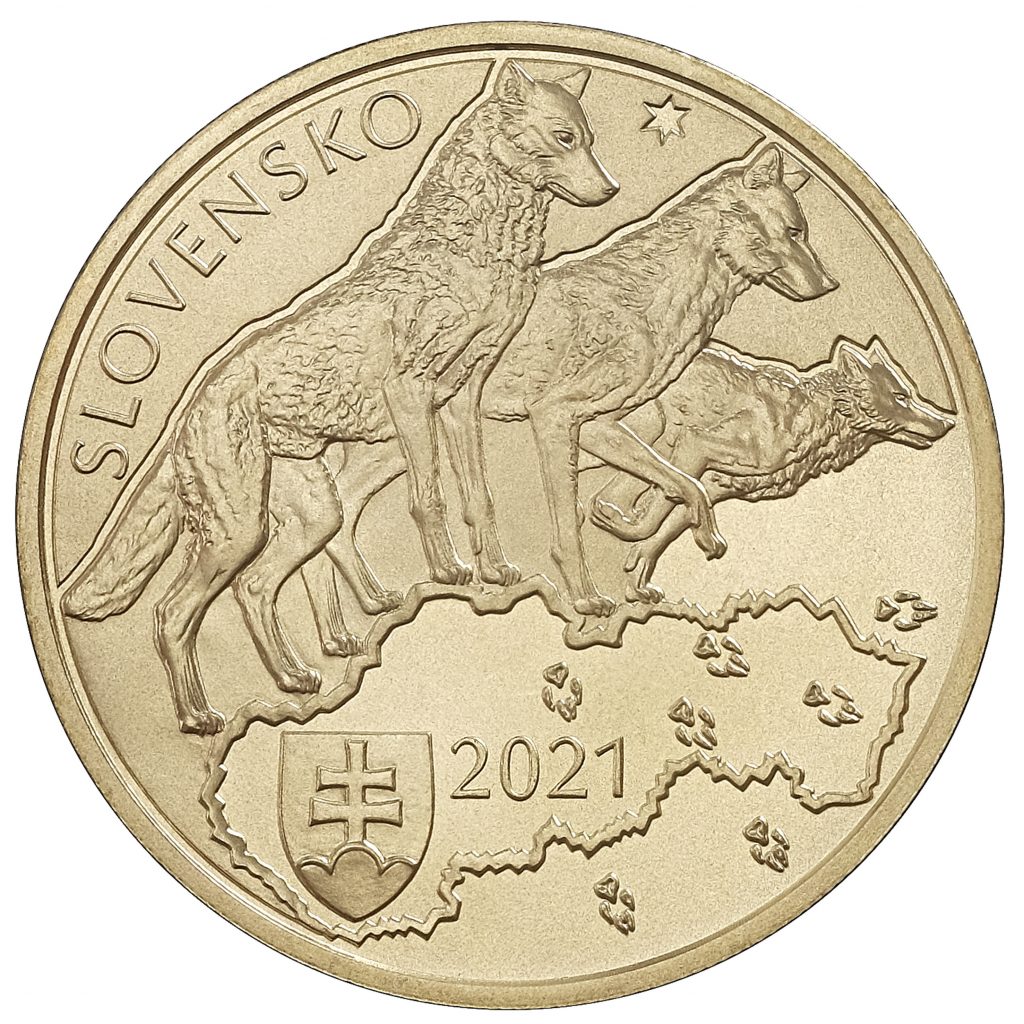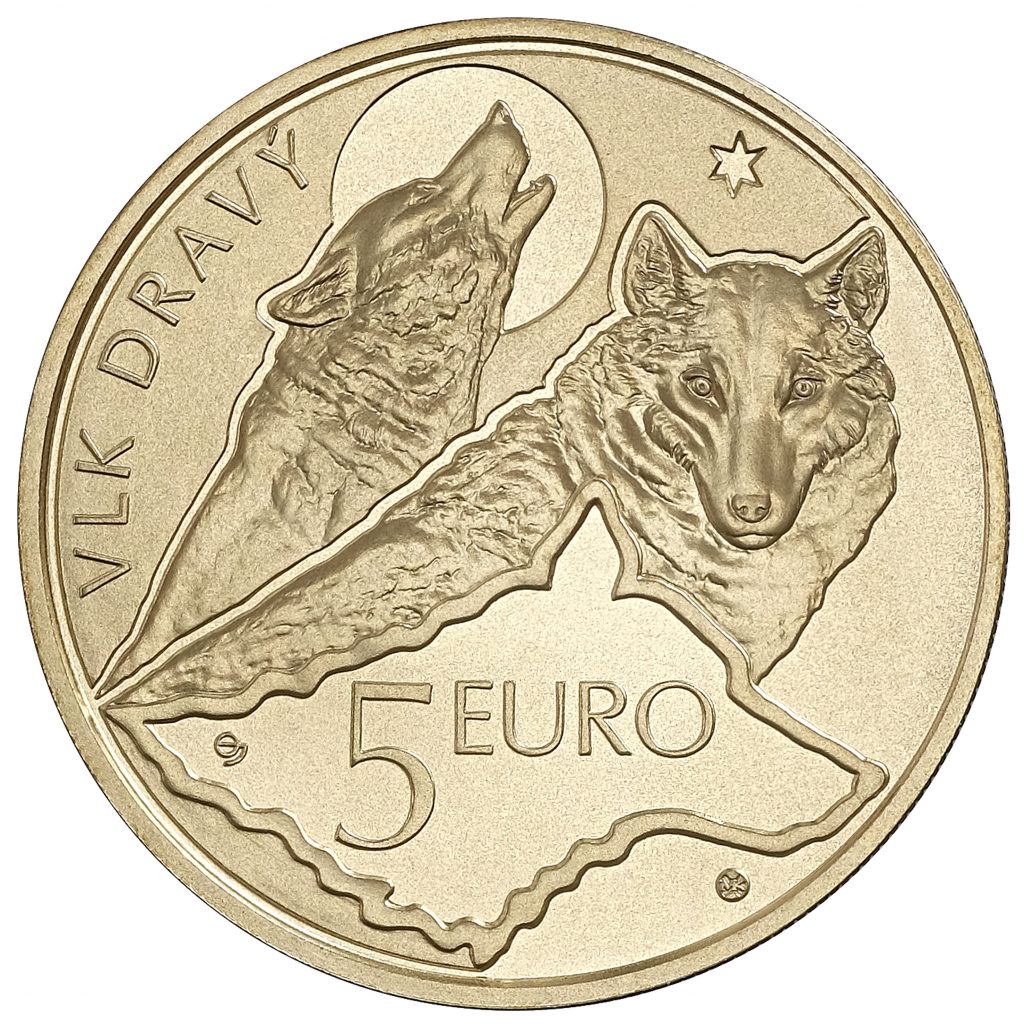-
NBS Tasks
Browse topics
- Monetary policy
- Financial market supervision
- Financial stability
- Banknotes and coins
- Payments
- Statistics
- Research
- Legislation
-
Publications
- Activity Report of the NBS Innovation Hub Annual Report Carbon Footprint Report of NBS Climate-related disclosures of NBS non-monetary policy portfolios Economic and Monetary Developments Financial Stability Report Investment Policy Statement of the National Bank of Slovakia Macroprudential Commentary
- Policy Briefs Report on the Activities of the Financial Market Supervision Unit Research Papers: Working and Occasional Papers (WP/OP) Statistical Bulletin Structural Challenges Other publications Sign up for your email notifications about publications
- About the Bank
- Media
- Frequently asked questions
-
For the public
Browse topics
- About the Bank
- Exchange rates and interest rates
- Banknotes and coins
- Payments
- Financial stability
- Financial market supervision
- Statistics
- Legislation
-
Publications
- Activity Report of the NBS Innovation Hub Annual Report Economic and Monetary Developments Financial Stability Report Macroprudential Commentary
- Report on the Activities of the Financial Market Supervision Unit Research Papers: Working and Occasional Papers (WP/OP) Statistical Bulletin Other publications Sign up for your email notifications about publications
- Frequently asked questions
- Media
- Careers
- Contact
Fauna and flora in Slovakia – the grey wolf
€5 base metal collector coin
Over the millennia of human society’s evolution, wolves have often coexisted with people. During the Middle Stone Age (Mesolithic), wolves began living in the vicinity of prehistoric hunters’ settlements and fed off meat leftovers. Wolves are found in various northern hemisphere habitats and are the second most widespread mammal on earth, after humans. They are a social animal, and their packs typically have between five and seven members. Weighing between 30 and 70 kg, wolves are classified as large carnivores. They have exceptional senses of smell, sight (night vision) and hearing, which they use to prey mainly on large ungulates. The way that wolves relentlessly run down their prey is captured by a Russian saying: “The wolf is kept fed by its feet”. This way of hunting was well applied in the forest-steppe environment where wolves evolved. Their pack structure allows wolves to hunt prey that are several times larger than themselves (such as red deer and elk) and to raise, on average, between four and ten pups each year. Food from the kill is shared between all members of the pack. All the adult pack members help with the care and rearing of the young by bringing them food. Altruism, in other words gratuitous service to others, is seen among wolves in the way they care for injured members of the pack. This feature is characteristic of evolutionarily advanced societies of other mammals: primates and human beings. The number of wolves in Slovakia is currently estimated to be between 300 and 600. Since Slovakia shares its wolf population with Ukraine, Poland and Hungary, it is difficult to give a more precise estimate of the number of wolves present in its territory.
-
Coin description
Obverse:
The obverse of this euro collector coin shows an outline map of Slovakia in the lower part of the design. Contained within the map are the Slovak coat of arms and the year of issuance ‘2021’. Three wolves are depicted standing on top of the map, and a smattering of wolf paw prints appear within the map and outside it. A star is shown at the top right of the design, and the name of the issuing country ‘SLOVENSKO’ runs along the edge of the upper left quadrant.Reverse:
The upper part of the reverse portrays two wolves, one of which is howling at the moon. At the top, to the right of the moon, there is a star in the night sky. The lower part of the image consists of the outline of a wolf’s head, within which is shown the coin’s denomination ‘5’ and currency ‘EURO’. In the left part of this space are the stylised letters ‘JO’, referring to the coin’s designer Josef Oplištil. Below the outline, at the bottom left, is the mint mark of the Kremnica Mint (Mincovňa Kremnica), consisting of the letters ‘MK’ placed between two dies. The words ‘VLK DRAVÝ’ are inscribed along the upper left edge of the design.
-
Coin details
Designer: Josef Oplištil Composition: brass MS63 Weight: 19.1 g Diameter: 34 mm Edge: milled Producer: Kremnica Mint Engraver: Dalibor Schmidt Issuing volume: Initial mintage in 2021: 35,000 coins
Additional mintage in 2021: 5,000 coins
Additional mintage in 2023: 15,000 coins (with 2021 as the year of issuance)
Additional mintage in 2024: 8,000 coins (with 2021 as the year of issuance)
Additional mintage in 2025: 8,000 coins (with 2021 as the year of issuance)
For the Bank’s promotional purposes, 1,500 of these collector coins were packaged in a green coin box.Issuing date: 14 September 2021

